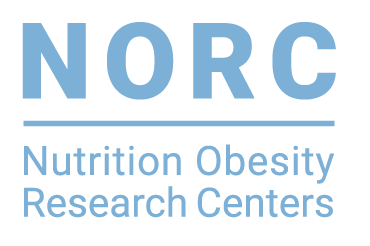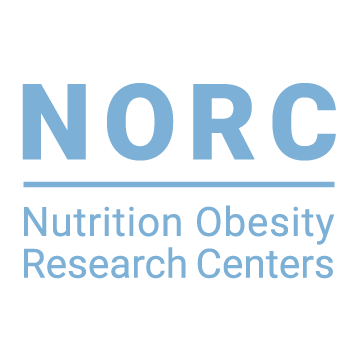Abstract
The presence of large subcutaneous adipocytes in obesity has been proposed to be linked with insulin resistance and type 2 diabetes through the “adipose tissue expandability” hypothesis, which holds that large adipocytes have a limited capacity for expansion, forcing lipids to be stored in nonadipose ectopic depots (skeletal muscle, liver), where they interfere with insulin signaling. This hypothesis has, however, been largely formulated by cross-sectional findings and to date has not been prospectively demonstrated in the development of insulin resistance in humans.
Key Findings
- Subjects gained 7.6 +/- 2.1 kg (55% fat) and insulin sensitivity decreased 18% (P<0.001) after overfeeding. Intrahepatic lipid increased 46% from 1.5% to 2.2% (P= 0.002); however, intramyocellular lipid did not change.
- There was no association between adipocyte size and ectopic lipid accumulation.
- Despite similar weight gain, subjects with smaller fat cells at baseline had a greater decrease in insulin sensitivity, which was linked with upregulated skeletal muscle tissue inflammation.
Citation
- Johannsen DL, Tchoukalova Y, Tam CS, Covington JD, Xie W, Schwarz JM, Bajpeyi S, Ravussin E. Effect of Eight Weeks of Overfeeding on Ectopic Fat Deposition and Insulin Sensitivity: Testing the “Adipose Tissue Expandability” Hypothesis. Diabetes Care 2014, 37:2789-97. PMCID: PMC4170127.
View Article PDF: Diabetes Care
Research Details
- Research Center: Pennington Biomedical Research Center
- Related Research Grants: R01 DK060412, K01 DK089005

